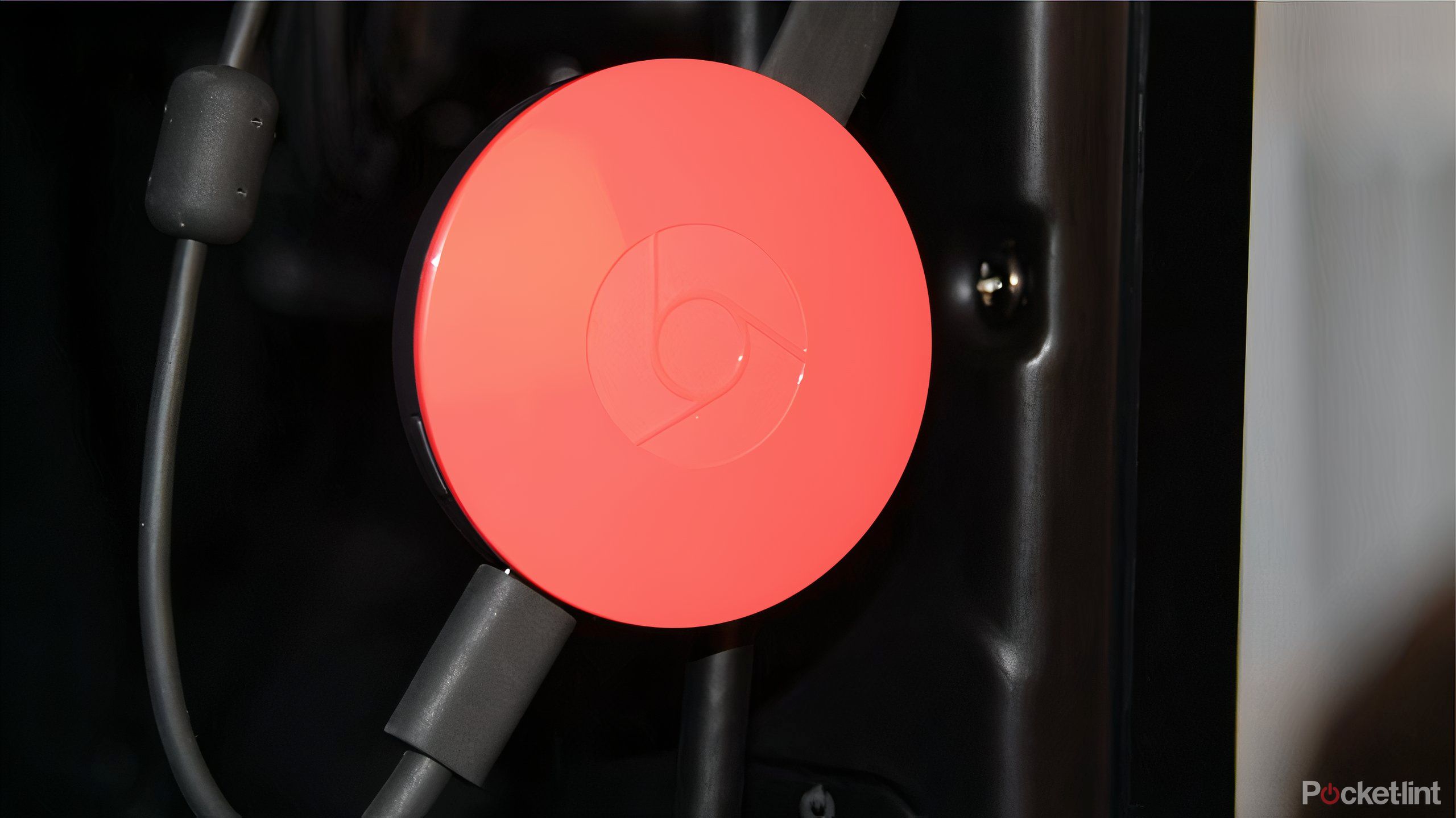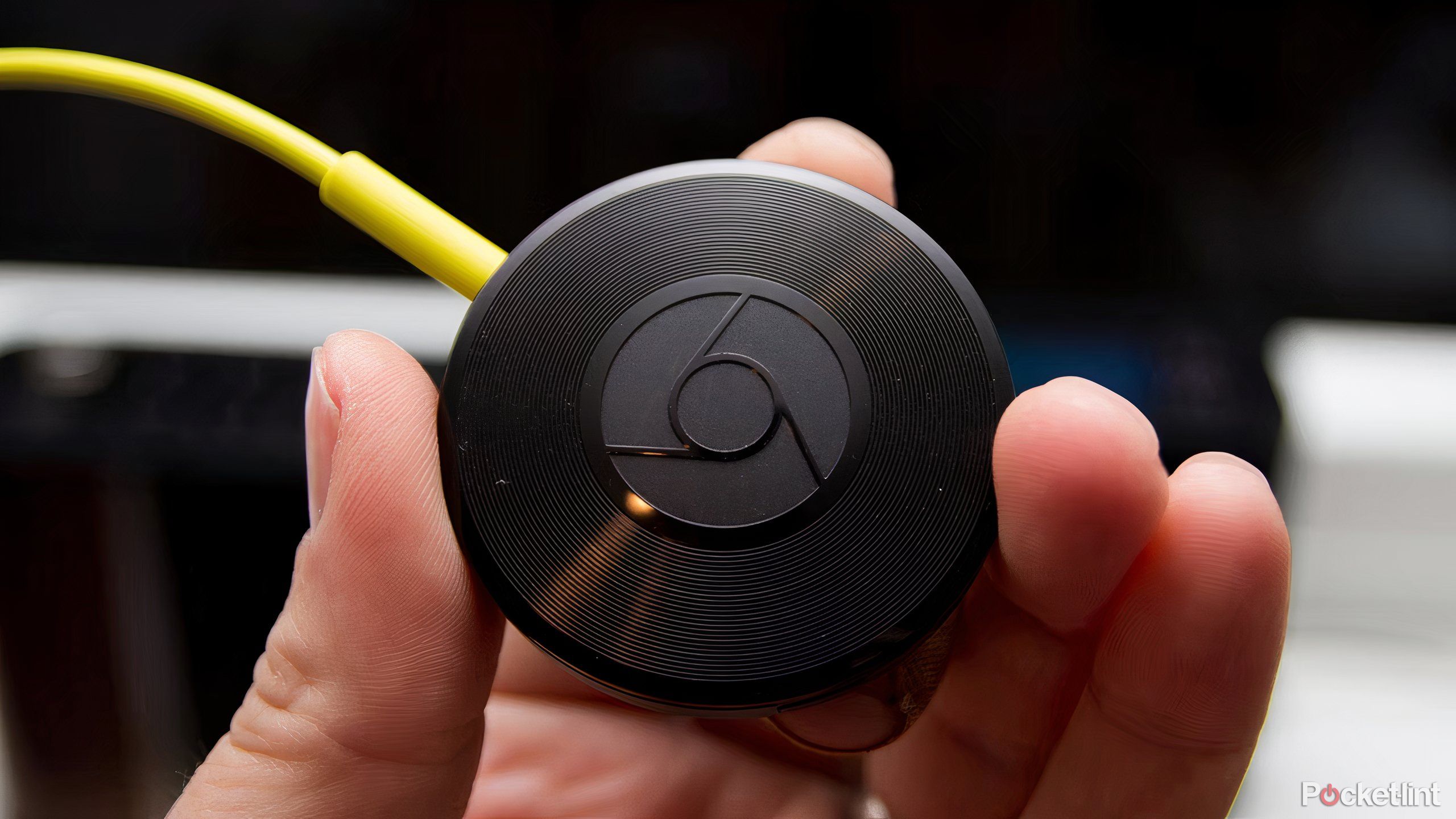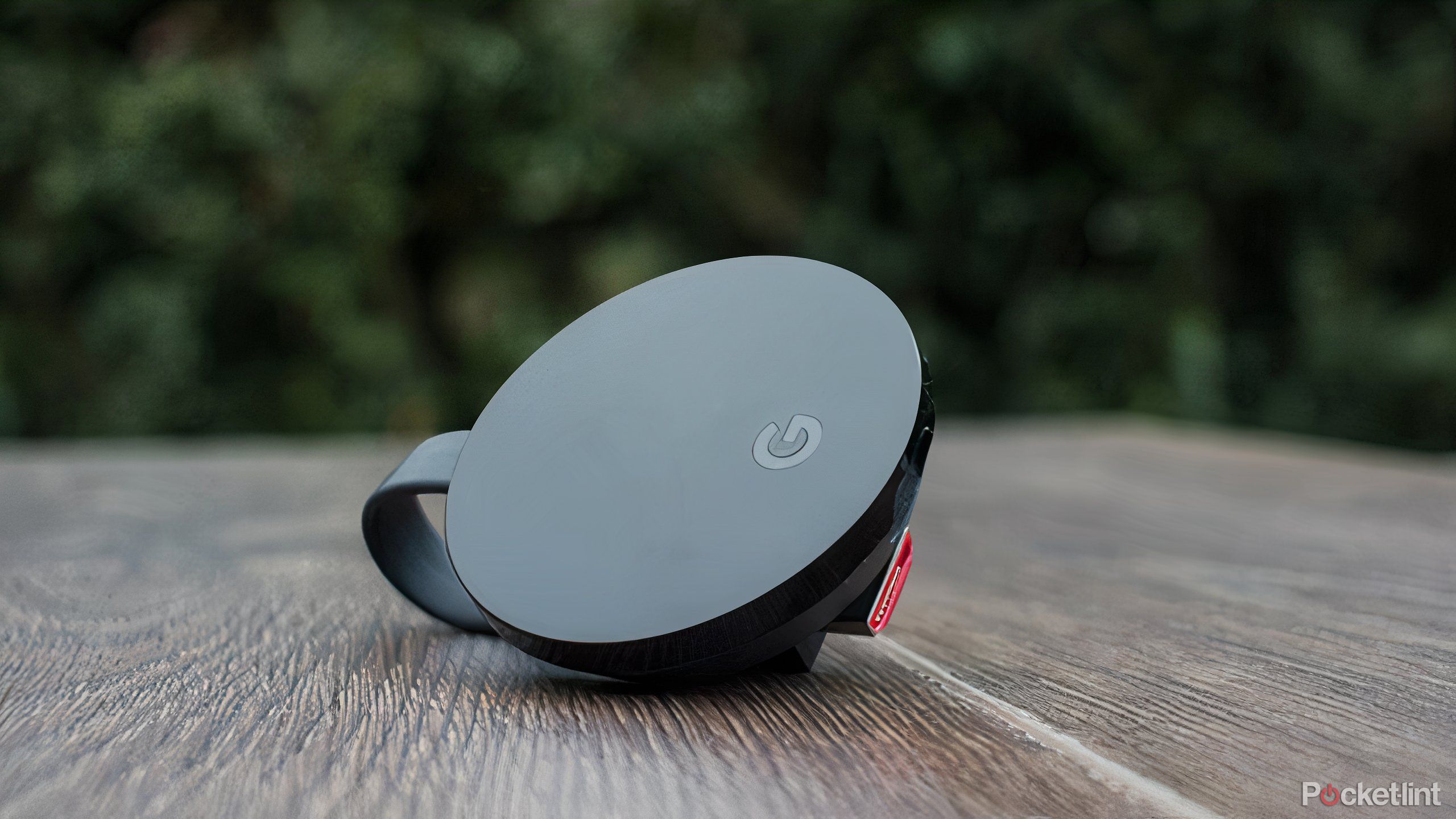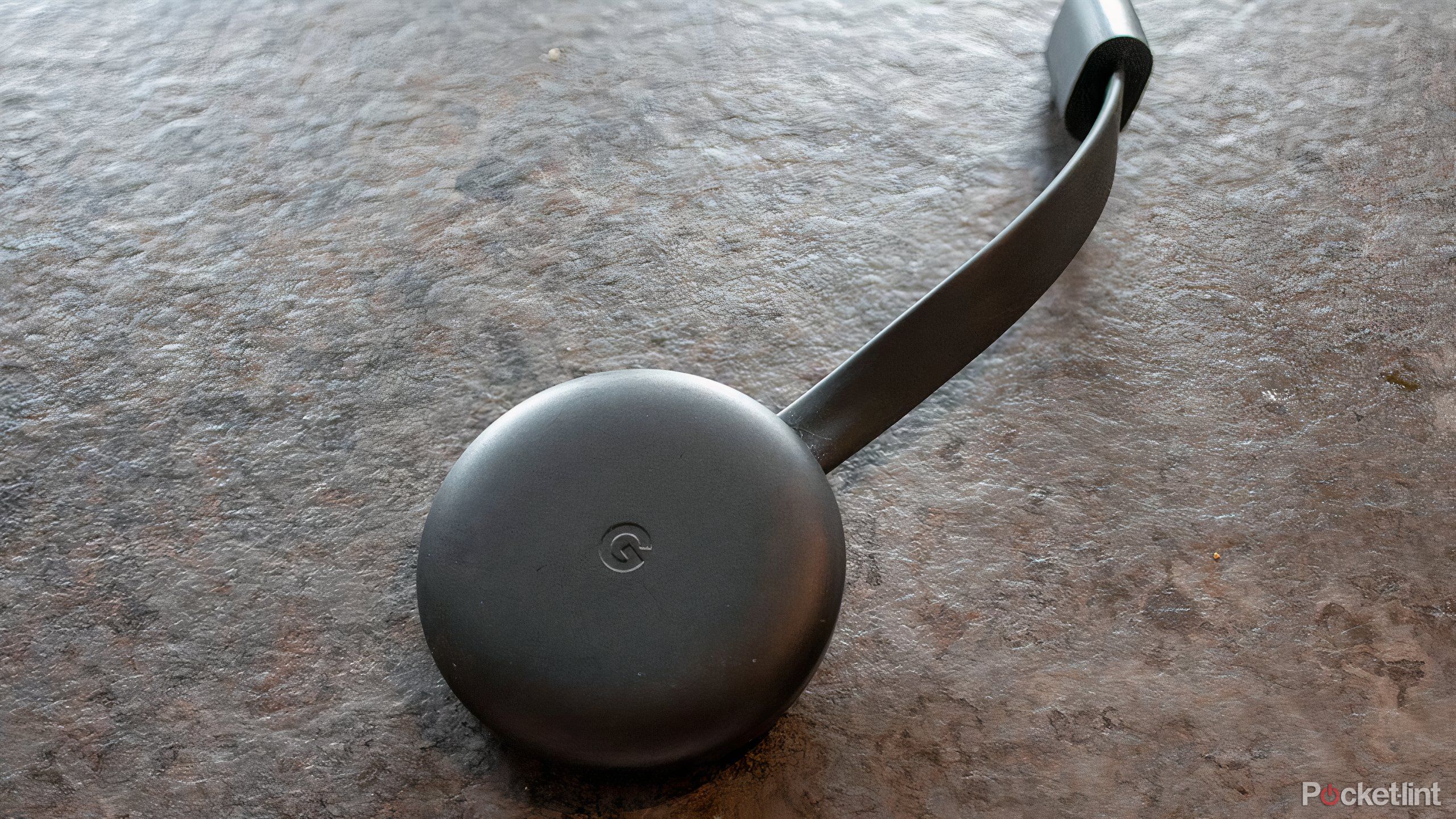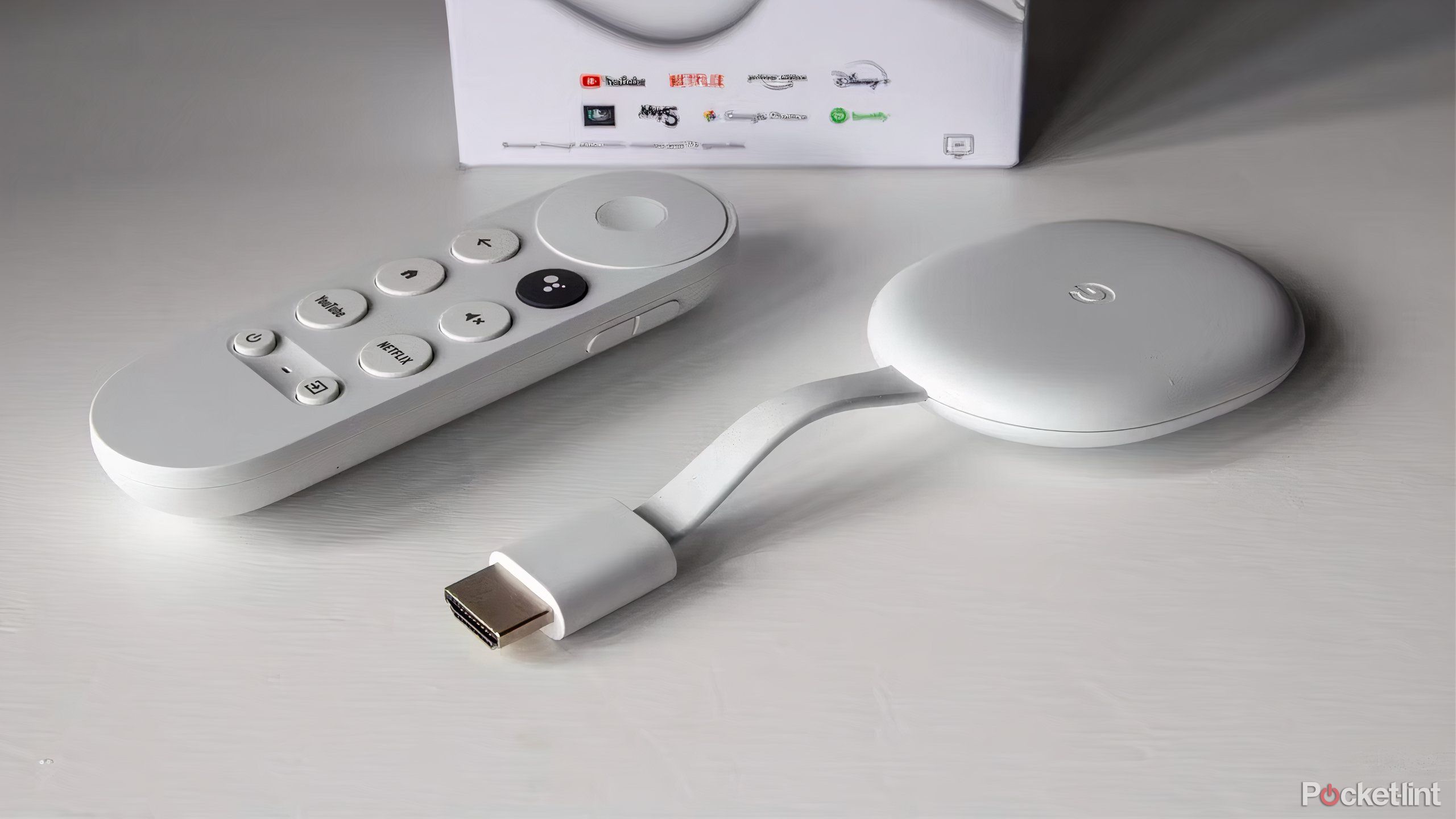Key Takeaways
- Google’s Chromecast simplified TV streaming with a low price, easy setup, and versatile compatibility.
- Across multiple versions of the streaming dongle, Google effectively popularized its Google Cast protocol.
- The Google TV Streamer is replacing Chromecast, but older devices will still be supported with updates.
The Chromecast wasn’t Google’s first stab at creating software for the living room, but it is by far it’s most popular. Whereas the original (and now discontinued) Google TV platform tried to awkwardly marry Google’s browsing and search experiences with more traditional television, the Chromecast did one thing and did it well. Its accessibility both in terms of price (nearly all the Chromecast dongles Google released were under $50) and features (streaming audio and video from just about anywhere) made it the perfect representative of what Google does best: cleverly leveraging web-based technology to solve a complicated problem.
While Apple was early to the idea of streaming content to your TV from a phone or laptop with AirPlay, Google tried to lower the barrier to entry as much as possible. The Chromecast was the cheapest possible way to offer a smart TV-like experience on an older display, and to get music or videos into your living room agnostic of the apps you used or the devices you owned. When it launched in 2013, even if it was missing some features, the Chromecast was pretty revelatory in a world where smart TV software generally sucked, if you had to deal with it at all.
Unfortunately, with the release of the Google TV Streamer, Google’s leaving the Chromecast name behind. Here are all the Chromecast devices that walked so that the company’s new set-top box could run.
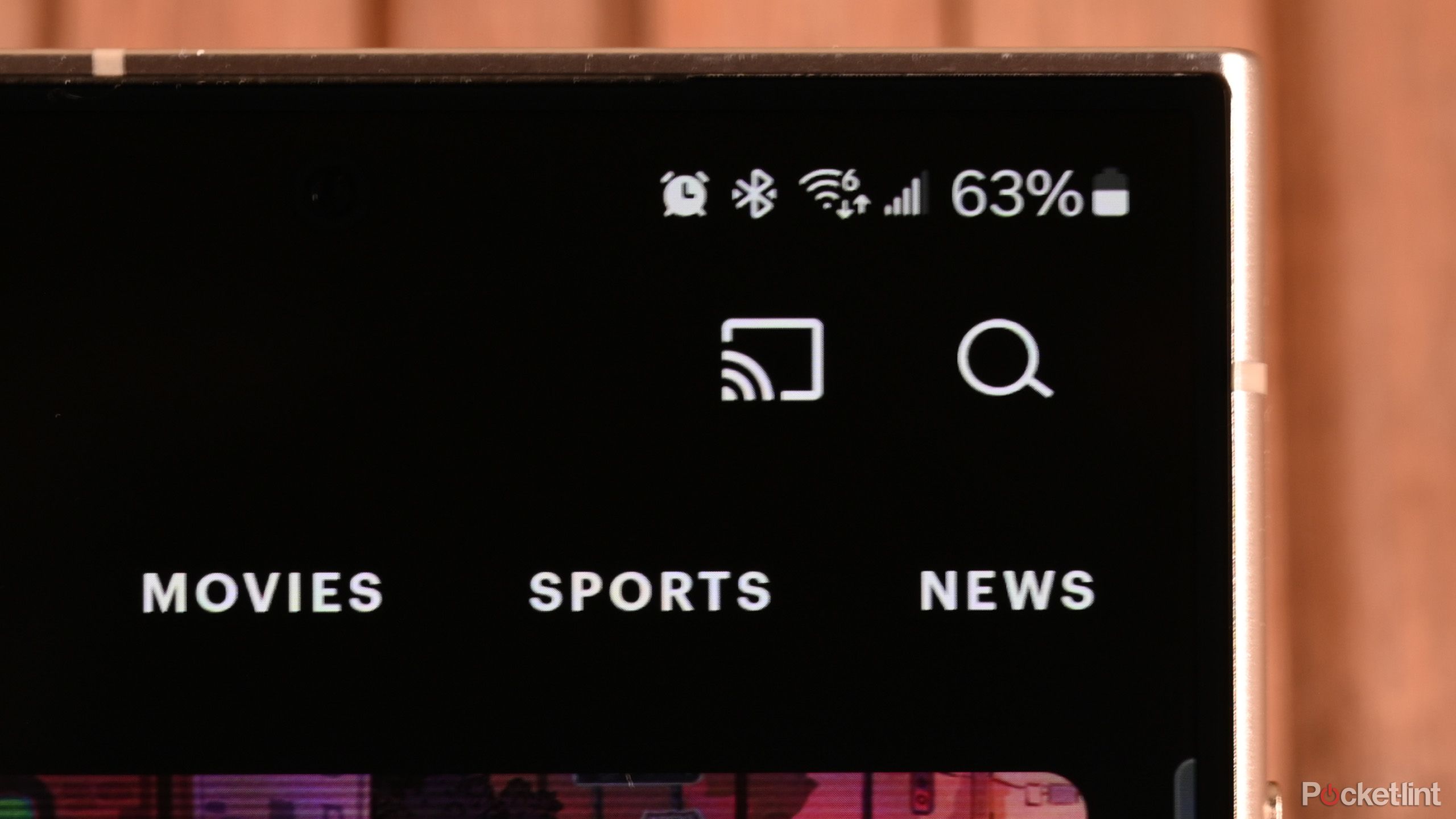
Related
How to use Google Cast to stream content from your phone to TV or laptop
Plus, how it compares to Apple’s AirPlay and Amazon’s Matter.
1 Google Chromecast
A dedicated device for casting video
Google Chromecast
Google’s first Chromecast plugged directly into your TV’s HDMI port to allow you to send video from the web to your screen.
The original Chromecast was released in 2013, the same year as Google’s first Pixel phones. Radically simple in comparison to the original Google TV, it added ChromeOS to an HDMI dongle that charged over Micro-USB (Google let you power the original Chromecast from a USB port on your TV) to make streaming a bit more like visiting a website.
By casting content from a streaming app like Netflix or directly from a Chrome browser, you were essentially sending a short URL to the Chromecast that it then displayed on whatever it was connected to.
The Chromecast only cost $35 when it originally launched, and could only manage 1080p video at 30fps or 720p video at 60fps, but for most TVs that was more than enough. Especially with the added convenience of being able to control everything from your phone or display whatever you could dig up with a web search.
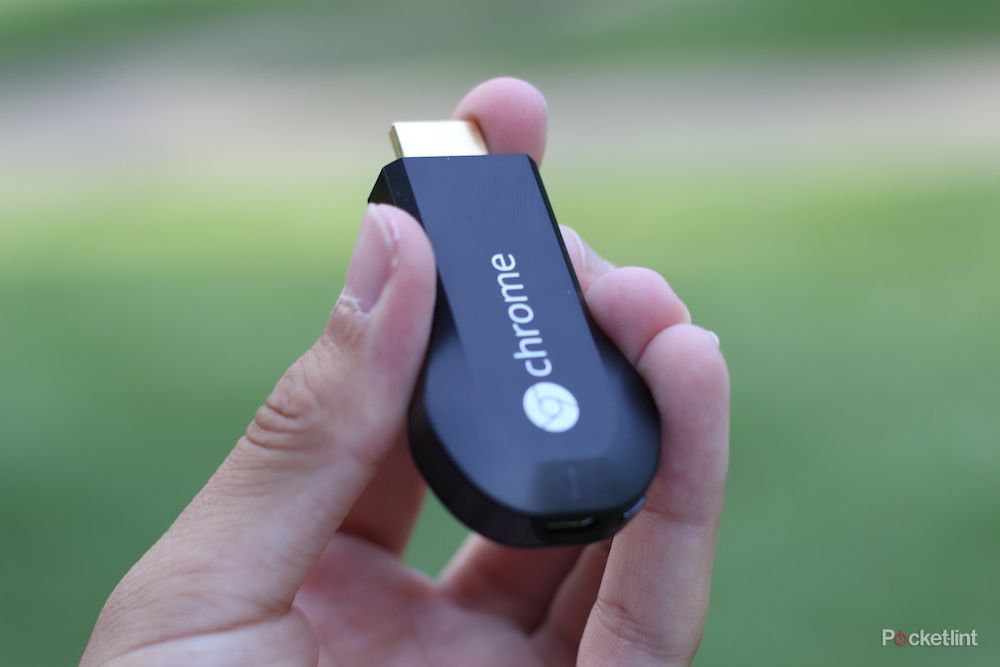
Read our review
Google Chromecast: An affordable alternative to AirPlay
Google’s managed to turn easy TV streaming into an impulse buy.
2 Google Chromecast (2nd generation)
A new design and better Wi-Fi support
Google Chromecast (2nd Gen)
The second generation Google Chromecast turned the dongle into more of a dangler, with a design that could fit on more TVs in more places, and improved Wi-Fi performance for less buffering.
The second generation Google Chromecast came out two years later in 2015 for the same $35 price, immediately replacing the first generation model. While the basics of how the new Chromecast streamed content didn’t change or the quality it could stream it at (still 1080p / 30fps or 720p / 60fps) Google did update the design of the dongle. Plugging directly into an HDMI port made the original device simpler to setup, but limited where a TV with a Chromecast jutting out of the back could be placed.
Google introduced the
Nexus Player
running Android TV in 2014 as another option for watching streaming content. It can also be “cast” to like the Chromecast, but it primarily works with a remote and menus. Google discontinued it in 2016.
With the 2nd generation model, Google opted for a colorful, circular puck with an HDMI connector at the end of a short magnetic cable, that opened up new possibilities for where a Chromecast-connected TV could be placed or mounted. Google also improved the dongle’s Wi-Fi performance (via support of 802.11 ac and the 5GHz band) and the ability to intelligently switch between antennas to find the fastest connection and lower the buffering time between casting content and the Chromecast actually playing it on your screen.
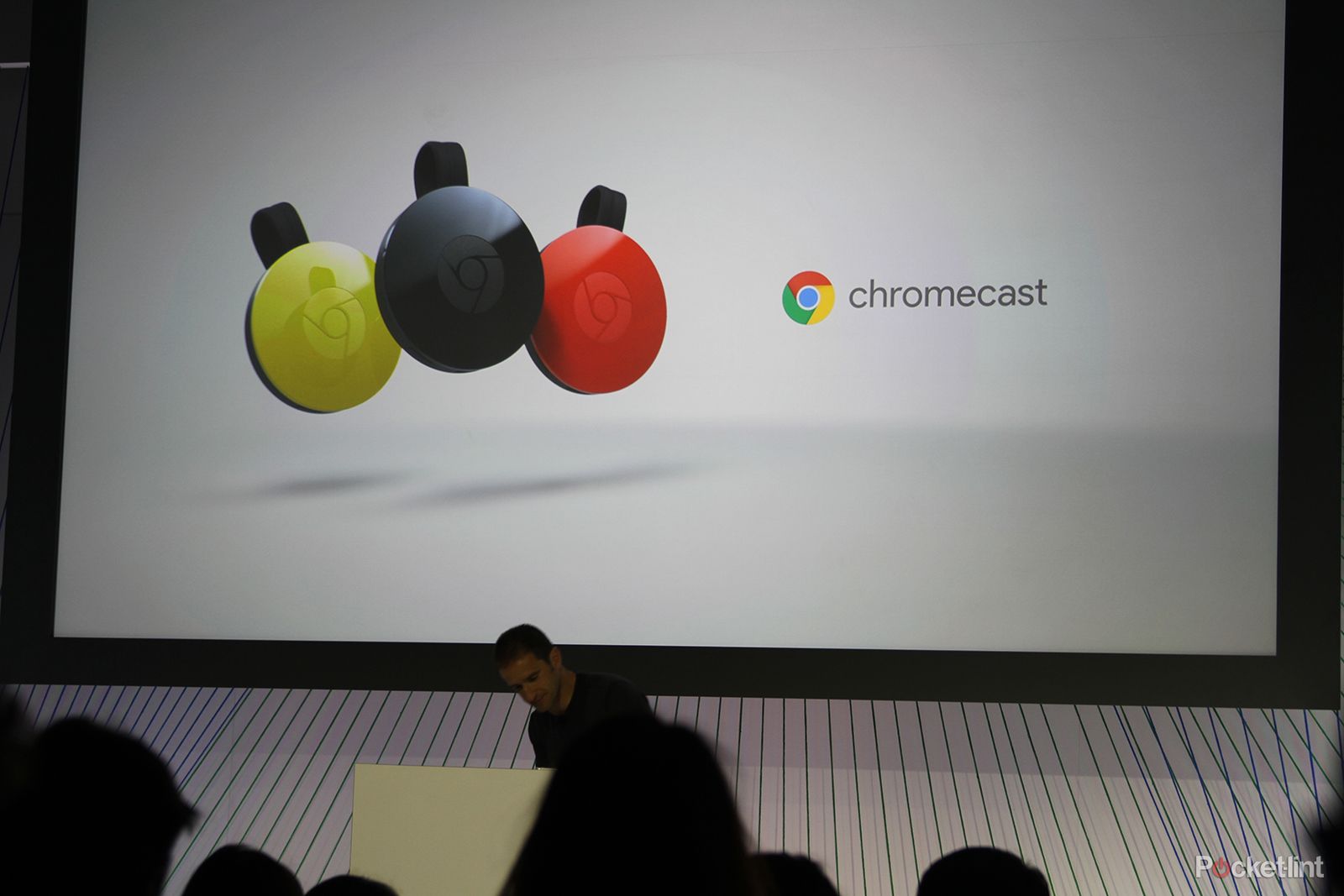
Related
Google Chromecast (2015) official release date, price and everything you need to know
3 Google Chromecast Audio
An audio-only dongle for updating older sound systems
Google Chromecast Audio
Chromecast Audio was Google’s attempt to offer the wireless streaming benefits of Chromecast to older audio devices too. Just swap the HDMI connector for an audio jack.
Alongside the 2nd generation Chromecast, Google also introduced the $35 Chromecast Audio specifically for audio setups. Rather than using an HDMI connector, the Chromecast Audio was shaped like a tiny vinyl record and connected to older speakers and stereos over a 3.5mm audio jack. Like the normal Chromecast, you could cast music from your favorite streaming app to speakers for playback, even speakers without built-in Wi-Fi or Bluetooth.
With a software update, Google added support for high resolution audio (24bit / 96 kHz) and multiroom playback. Google ultimately supported the dongle until 2019, but considering how expensive building a Sonos speaker system to do the same thing was, the company was offering a similar experience for a much cheaper price for a good while.

Read our review
Chromecast Audio: Simply connect your disconnected speakers
It turns out wireless audio streaming is just as easy as video for Google.
4 Google Chromecast Ultra
A new design and support for 4K video
Google Chromecast Ultra
Google introduced the Google Chromecast Ultra to support higher-quality 4K video streaming and to act as the backbone of it’s game streaming service, Stadia.
It took Google a year, but the company finally added support for 4K video and HDR (via HDR10 and Dolby Vision) with the $69 Chromecast Ultra. The new dongle featured a slightly more streamlined design, with a flat top, small Google “G,” and more demanding power requirements. The Chromecast Ultra has to be plugged into an outlet rather than receiving power from the TV directly and the wall adapter Google used also included an Ethernet port for even faster internet speeds.
Besides the obvious quality improvements, the Chromecast Ultra was also Google’s first device that supported its failed Stadia game streaming service. Google even bundled the Chromecast Ultra with its Stadia controller for a complete streaming experience. And on top of all of that, the Chromecast Ultra is faster than Google’s previous dongles.
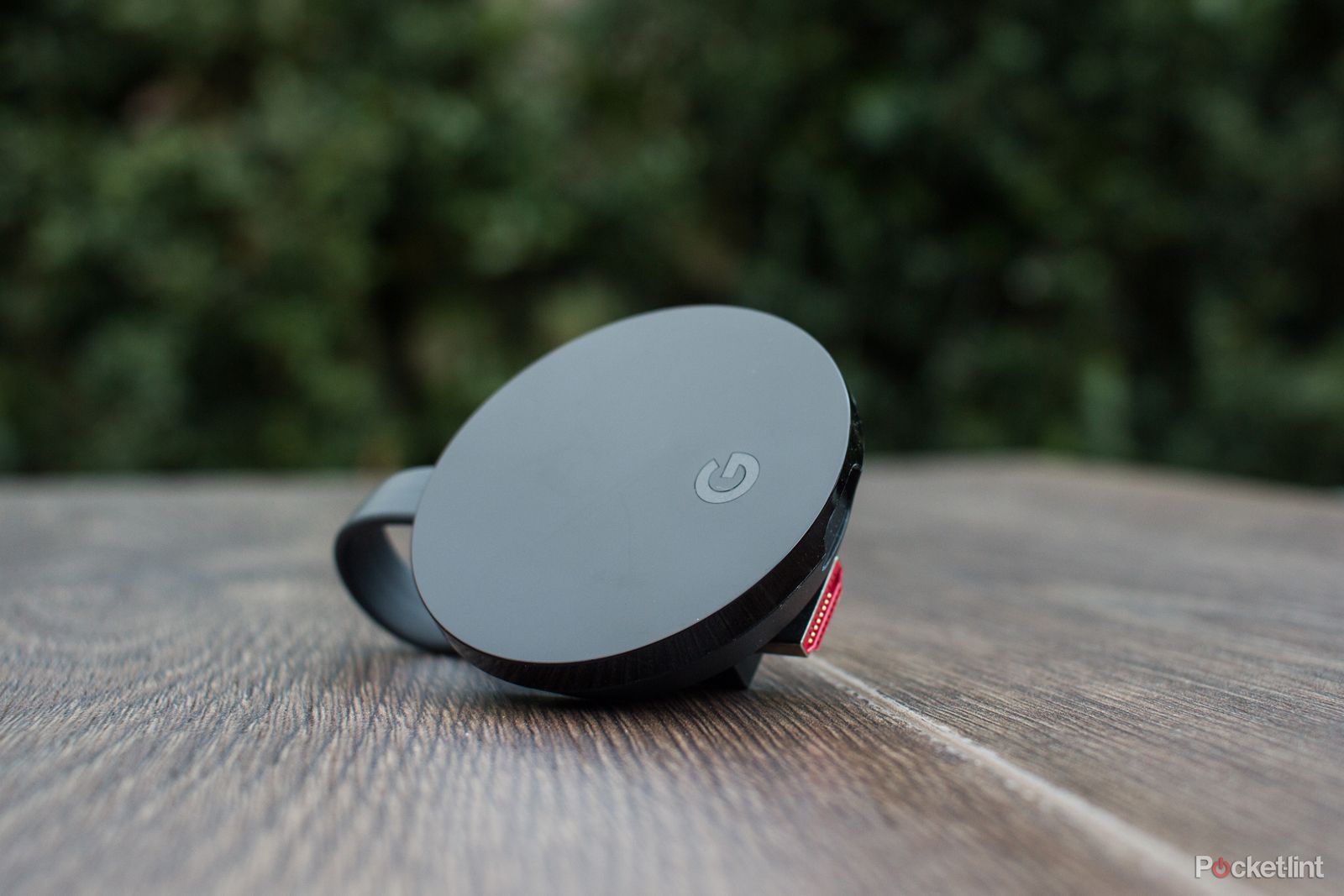
Read our review
Google Chromecast Ultra: 4K casting is perfect…yet pointless
Chromecast Ultra is an easy and predictable upgrade and a device that makes complete sense supporting the latest formats for video streaming
5 Google Chromecast (3rd generation)
Another redesign and faster speeds
Google Chromecast (3rd Gen)
Google’s third generation Google Chromecast was even smoother and rounder and mostly focused on upping speed and performance rather than pushing video quality that much further.
In 2018, Google released a third iteration of its mainline Chromecast, updating the design yet again. The 3rd generation Chromecast carries over the same short HDMI cable of the previous version, but without the magnet, and attached to an even rounder, soft plastic puck. Again, the basic functionality of the dongle didn’t really change, but the device was capable of streaming higher quality HD video (1080p at 60fps rather than 30fps) and was noticeably faster than the previous version, up to 15% faster when compared to the 2nd generation model.
By the time the third generation Chromecast came around, the landscape of streaming devices had pretty radically changed.
The problem, if you could call it one, was Google’s consistency. By the time the third generation Chromecast came around, the landscape of streaming devices had pretty radically changed. Apple had released tvOS and was treating the Apple TV as a distinct platform with its own App Store. Amazon had multiple versions of its Fire TV devices under its belt, and Roku’s operating system seemed like the de facto cheap smart TV software. The Chromecast was still one of the better deals in streaming, just not nearly the same premium experience that other companies were offering.
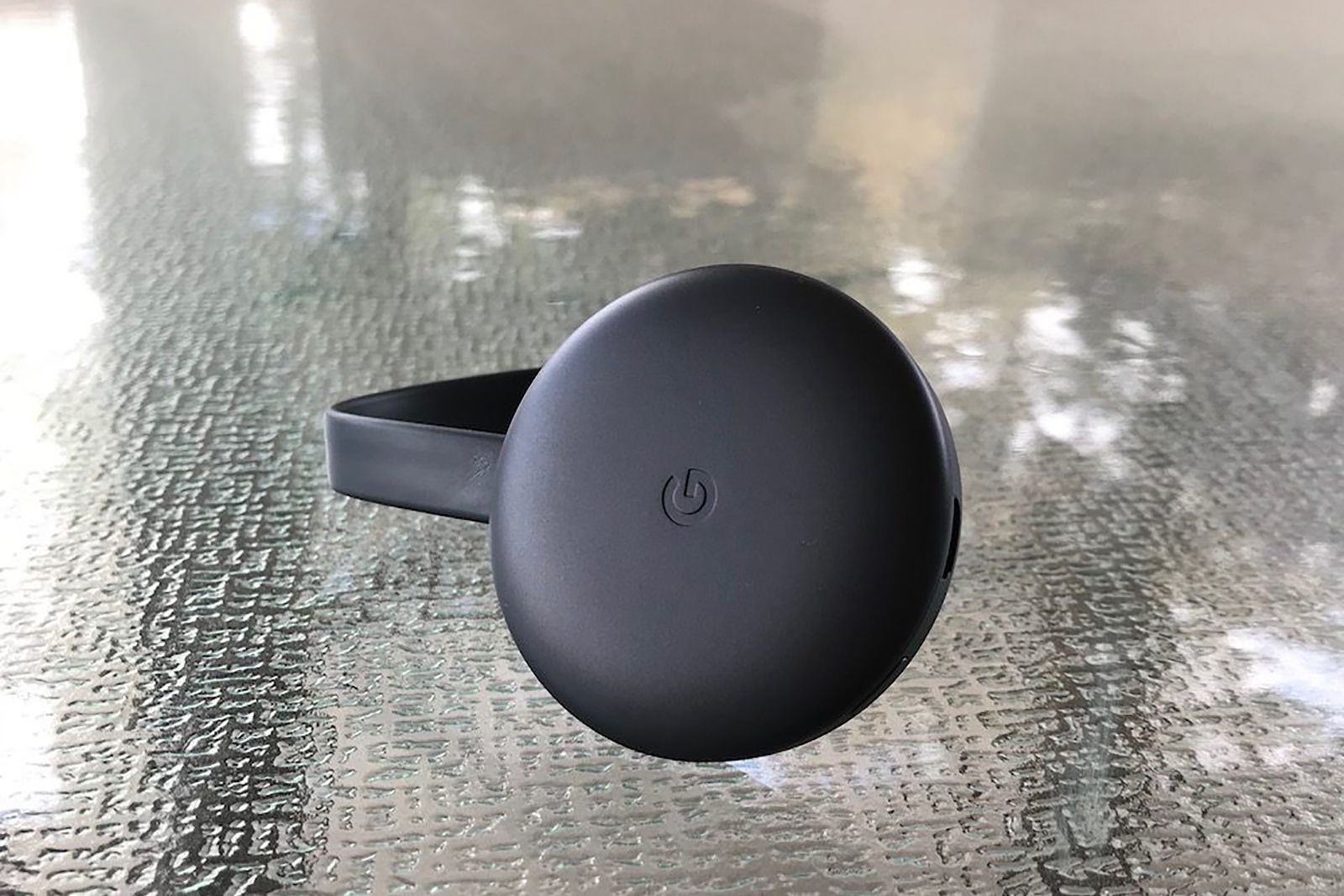
Related
New Google Chromecast goes on sale before it’s officially announced
It looks like Google’s hardware event next week is going to be a hardware extravaganza, if the latest leak is to be believed.
6 Google Chromecast with Google TV
A remote, a new design, and Google TV
Google Chromecast with Google TV (4K)
The Chromecast with Google TV was Google’s attempt to update its streaming dongle for modern entertainment demands, complete with a new Android TV interface, free channels, and a remote.
The (confusingly named) $49.99 Chromecast with Google TV, released in 2020, was Google’s answer to the premium experiences offered by Apple, Amazon and others before the Google TV Streamer. The device was still a puck that dangled out of your HDMI port and plugged into a wall outlet, but it was longer, came in multiple colors, had a voice remote, and ran Android TV rather than a modified version of ChromeOS.
Complicating things further, the version of Android TV that this new Chromecast runs is called Google TV. It’s got the apps, live channels, and algorithmic viewing suggestions of other streaming devices, just with that extra Google flavor. Android TV was conceived as the successor to the original Google TV, which makes the whole naming convention a bit roundabout, but if anything, Google opted to use the name “Google TV” again because this is the platform it should have shipped all along.
Google released the $29.99 Chromecast with Google TV (HD) as a cheaper alternative in 2022, making the previous version the Chromecast with Google TV (4K), retroactively. The cheaper model only came in one color, but otherwise offered a similar experience to Google’s flagship streaming device. One that, save for some lagging menu navigation in comparison to the competition, was once again the best deal in streaming.
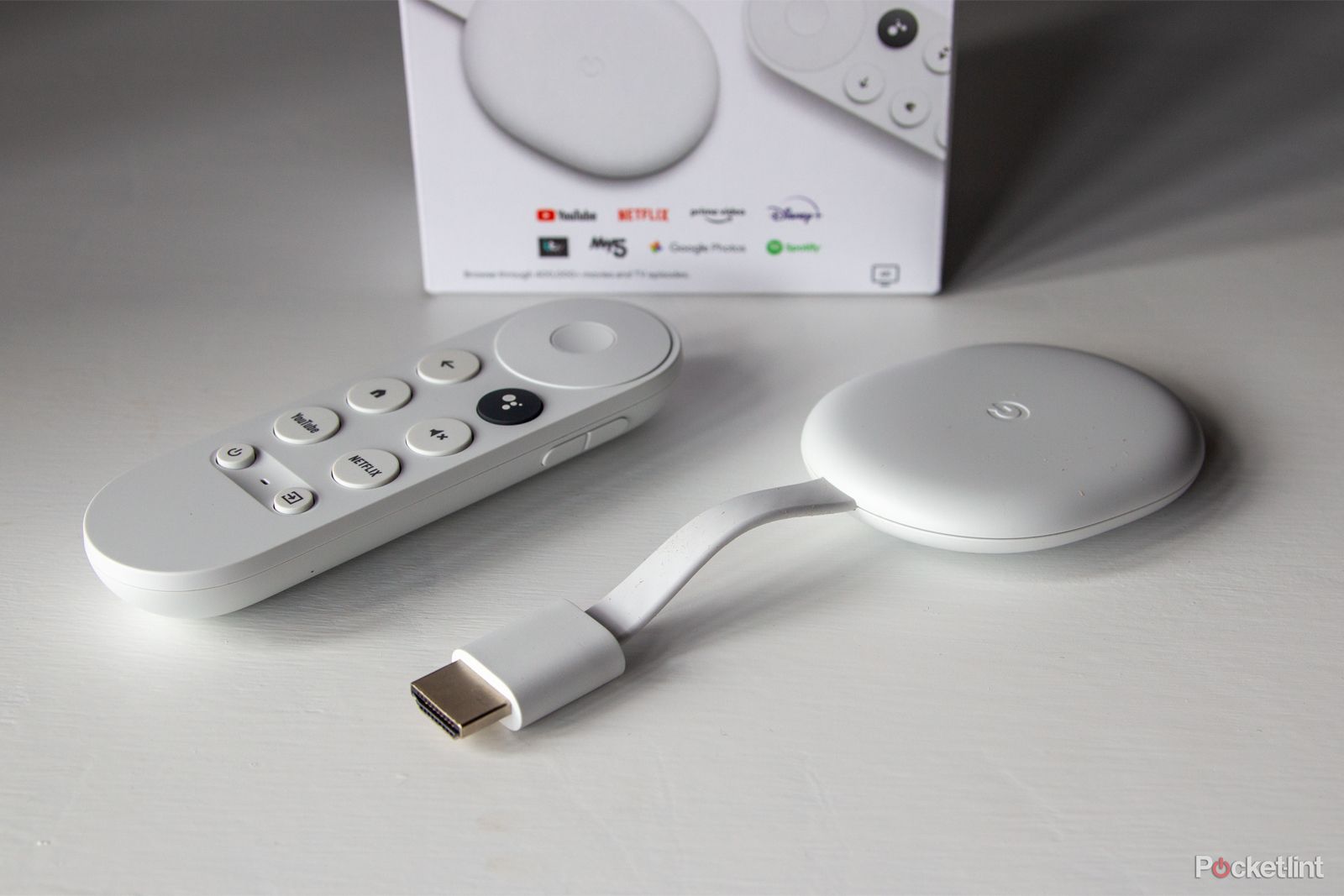
Read our review
Google chromecast with Google TV: Welcome to the party, Google
With a new interface and a remote, Chromecast steps into a brave new world.
The core idea of the Chromecast lives on
According to Google, even if the Google TV Streamer is the company’s new streaming star, existing Chromecasts will still be supported with security updates and the Chromecast with Google TVs will be sold while supplies last. Modern streaming demands might have evolved past the simple solution Google’s original Chromecast provided, but the dongle is survived by the protocol it popularized: Google Cast. At this point, every major streaming app supports Cast, and Google Cast is built-in to most major TV brands. That wouldn’t have happened if the Chromecast wasn’t widely popular when Google first released it.
The dongle is survived by the protocol it popularized: Google Cast.
Of course, Google TV isn’t the only flavor of streaming stick, dongle, or box worth trying. And if you’re trying to avoid extra add-ons entirely, there are plenty of smart TVs with built-in software worth considering, too. Good or bad, it’s never been easier to stream things.
FAQ
Q: Why is Google discontinuing the Chromecast?
The company hasn’t answered the question directly, but has suggested that the demands for a streaming device have changed as dramatically as the wider landscape for streaming has improved. The Chromecast was released when there were few good streaming devices and even fewer good streaming apps. Now the basic quality level is much higher, and a streaming device should act as a smart home hub as much as it does an entertainment device. The Google TV Streamer is just much better at filling that role, while keeping up with the performance of a device like the Apple TV 4K.


